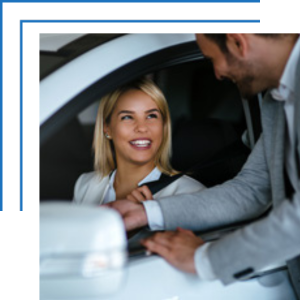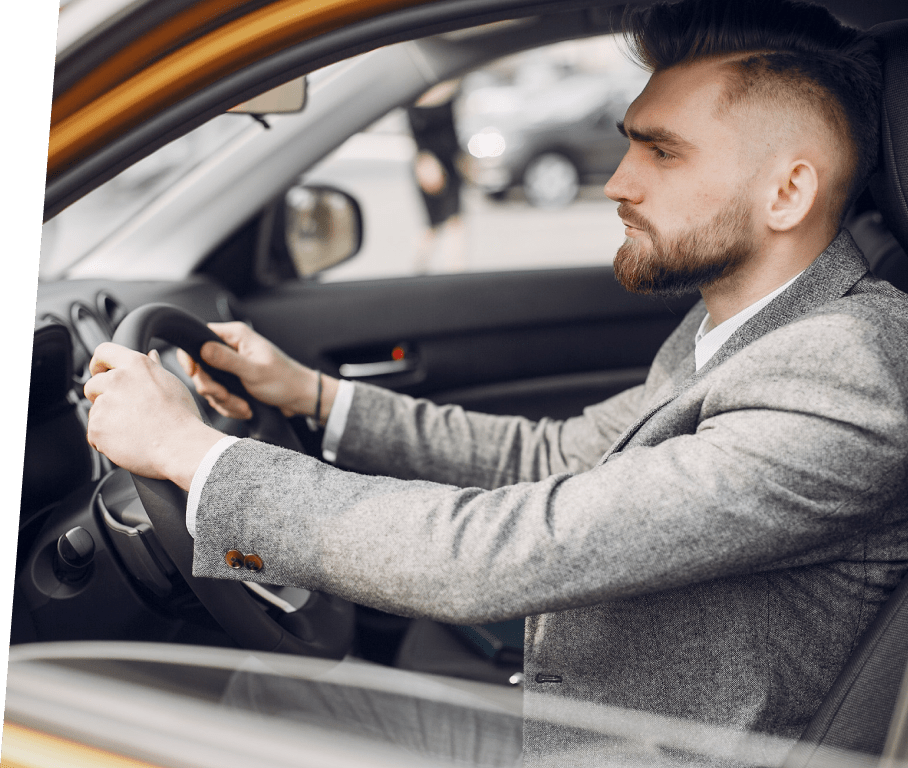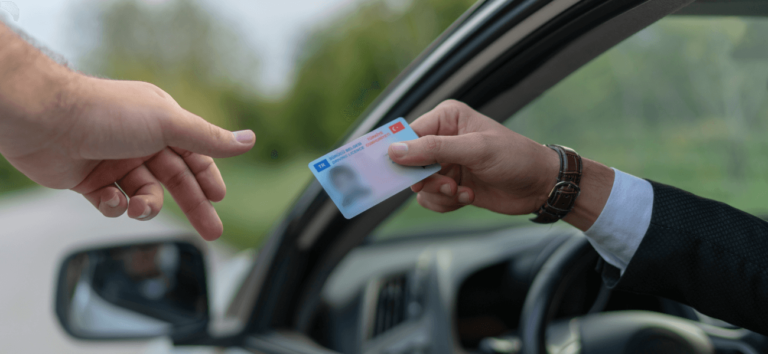Leeds Automatic Driving Lessons
Book an automatic driving lesson with automatic driving instructors approved by and registered with the Driver and Vehicle Standards Agency (DVSA)
Request Call Back


Is There A Downside To Driving An Automatic Car?
As you can see, automatic cars are more expensive to own, maintain and run. Automatic driving lessons can often be more expensive that manual driving lessons because of this.
You should also remember that learning to drive and passing your test in an automatic does not allow you to drive a manual vehicle. If you pass your driving test in a manual car, your license will permit you to drive both.
You may find that passing your test in an automatic car could limit your options for buying or renting a car in the future. You will have to take your driving test again if you decide to drive a manual car.
Pass rates for automatic cars are usually lower than those in manual cars. This shouldn’t discourage you, however, as many learners pass their driving test with automatic cars each year.
Is A Manual Car Or Automatic Car The Most Popular?
In the UK manual cars are more popular than automatics, however, the number of new automatics being built is increasing. Automatic cars are usually more costly to buy, run and to maintain. Automatic cars use more fuel than manual cars and they can be more costly to fix and insure.
What Are The Advantages Of Taking Driving Lessons In An Automatic Car?
Driving an automatic car is not necessarily any easier, it depends on the issues you are having. Learning in an automatic car won’t help you if your problem is observation
It is possible to learn to drive an automatic car if gear changes or clutch control are difficult for you. It is much easier to learn how to drive in urban areas that are jam-packed with traffic. Driving in traffic-heavy areas will require you to change gears frequently because of the constant stop-start nature. For both experienced drivers and those just starting to learn how to drive manual cars, this can be frustrating.
The automatic car allows you to take your driving exam without worrying about stalling or having to use clutch control. In an automatic car you are able to handle difficult manoeuvres such as a turn in the road or a hill-start easier, which can be daunting for students who drive a manual car, as there are no gears or clutch control to worry about.
You might have difficulty managing the gears of a manual car. If this is the case, it might be easier to learn to drive in an automatic car.


Both manual and automatic are the types of transmissions or gears found in a car. You must change the gears yourself in a manual car. As the name suggests an automatic car will change the gears automatically when needed.
Driving a manual car is not something that everyone can learn, especially if the city is busy and you need to change gears and rely on clutch control a lot. You may have taken driving lessons in manual cars before but found it too difficult to handle the gears. A driver may also choose an automatic car because they are unable to change gears as easily due to a disability. These are just a few of the many reasons why you may find learning how to drive and passing your driving test much easier in an automatic.
What Is The Difference Between Manual Cars And Automatic Cars?
A car equipped with an automatic transmission changes the gears automatically for you. You will need to change the gears yourself if you drive a manual transmission car.
A manual car will have 3 pedals the brake, accelerator and clutch. They also come with a gear stick, used in conjunction with the clutch to change gears. The clutch is operated using your left foot while the other two are controlled with your right foot. To change gears, you press the clutch down. The clutch must be down in order to move the gearstick and select the right gear for you. The majority of manual cars will have a clutch pedal, however, some cars can replace the pedal with a trigger or a button on the gearstick.
An automatic car does without a clutch because the gears are changed automatically. As the vehicle accelerates, it will automatically change the gears higher. When the car slows down or stops, the gears will automatically switch to the lower gear. In an automatic car it is not necessary to be proficient in coordinating the accelerator, clutch, and gear lever. This makes it easier to learn how to drive an automatic car rather than a manual. A footrest replaces the clutch and is used instead of a pedal. It is difficult for automatic cars to stall as they don’t have a clutch. Also, you won’t accidentally put the car into the wrong gear or grind the gears.
A Manual’s gear stick is different than an Automatic. A manual has one reverse gear and five, possibly 6, forward gears. An Automatic has four main operations. Although there are variations, the four main operations for the gear stick are (P) park (D) drive (N) neutral (R) reverse. These operations are fairly self-explanatory with the possible exception of neutral which can be used when you are stopped at traffic lights or in heavy traffic.
A second difference is that a manual car cannot move on the flat unless you use the accelerator. However, an automatic can be put into drive or reverse and it will glide along by itself. Although it won’t move very fast until your press the accelerator, it will still be moving. If you’re used to driving manual cars and want to switch to an automatic, this is something you need to remember.
A hilly area can make an automatic car a good choice. An automatic car is less likely to roll backwards when you are doing a hill start as you do not need to manually find the bite.
It comes down to your personal preference whether you drive in an automatic car or a manual. For some, driving an automatic is much easier. Some drivers like the extra control you get driving a manual car.
Our Leeds driving instructor trainers are waiting for your call and are ready to answer any questions you may have about becoming an approved driving instructor
Automatic Driving Lessons Frequently Asked Questions
Do You Still Have Question?
Call Anytime
07872 568913
Ease of Use An automatic transmission car actually makes a lot of sense for all those who have long commutes and often have to drive through a lot of congestion. Not having to use the clutch and the gear lever frequently reduces the driver fatigue to a lot of extent.
The average lifespan of a clutch is anywhere between 20,000 to 150,000 miles. Luckily, your clutch will likely give you ample notice that something is going wrong. Don't get left at the side of the road with a vehicle that won't shift into gear.
The average amount of driving lessons should be 40-45 hours before taking your driving test. Some people decide that 20-30 hours or maybe even less is enough – but remember that the more lessons you take, the better you will become at driving. You'll pass your test faster if you take multiple driving lessons each week.
It usually takes around 30 to 40 hours to reach test standard. 2 x 1.5 hour lessons per week should allow you to reach test standard within around 2 to 3 months depending on your ability. Opting for one lesson per week can take up to six months to reach test standard.
Other locations near Leeds we cover includes:
Take your first driving lesson at Leeds today to get behind the wheel and learn how to drive.


